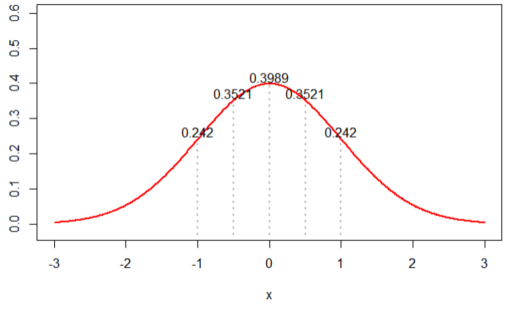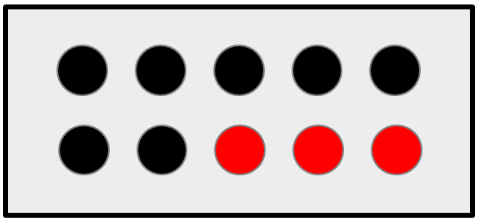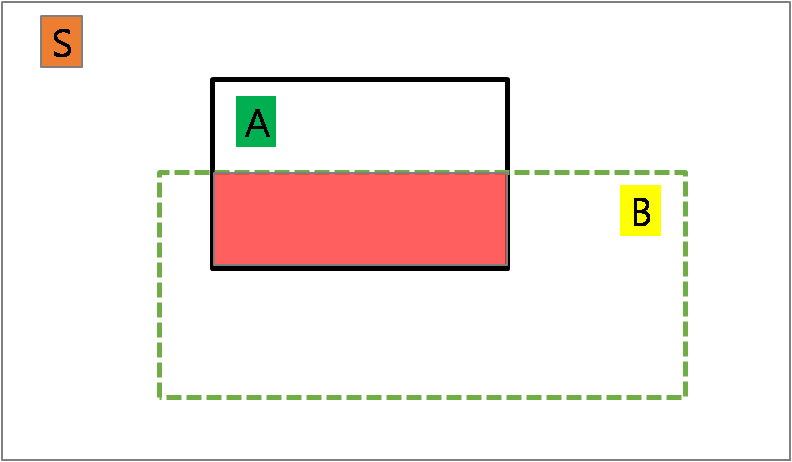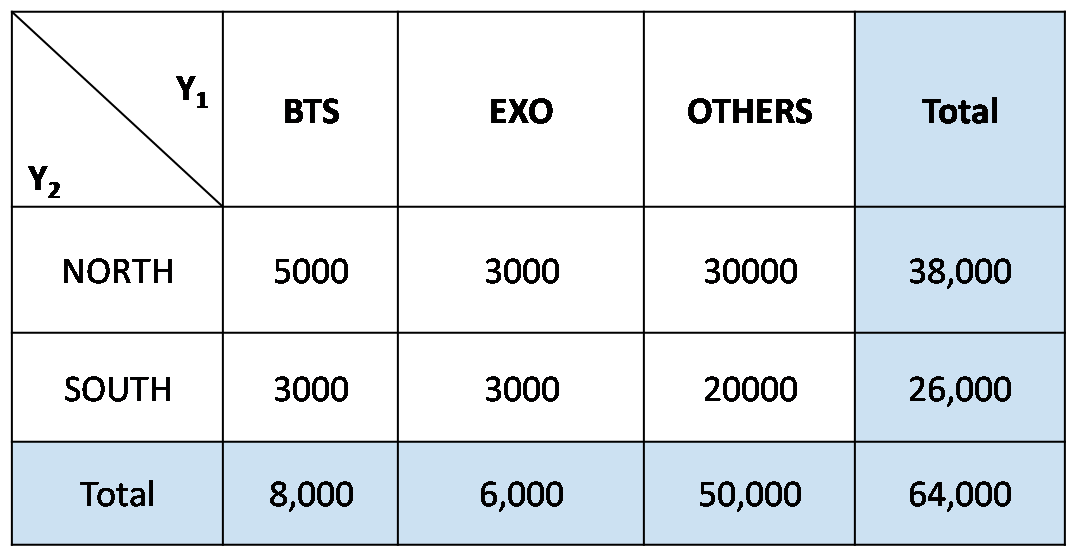Object-oriented way of using matplotlib – 5. Customizing Plots, Ticks
I would like to post a series of articles about object-oriented way of using matplotlib. That explains why we should use that way and how to code like that. The main references are come from the official matplotlib website, “matplotlib.org” and the book, 『Python Data Science Handbook: Essential Tools for Working with …
Read moreObject-oriented way of using matplotlib – 5. Customizing Plots, Ticks






